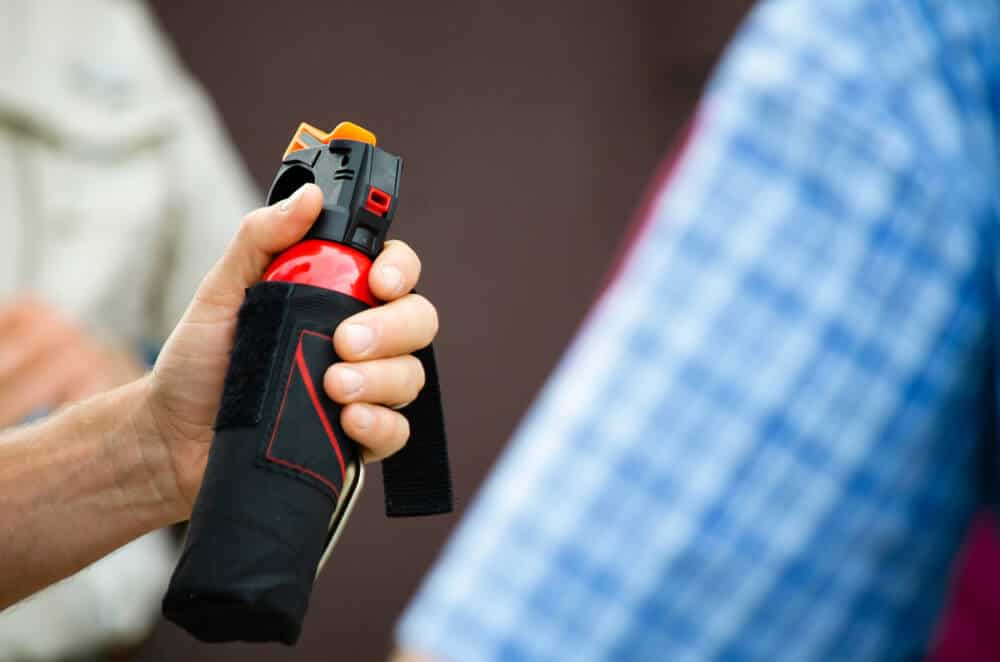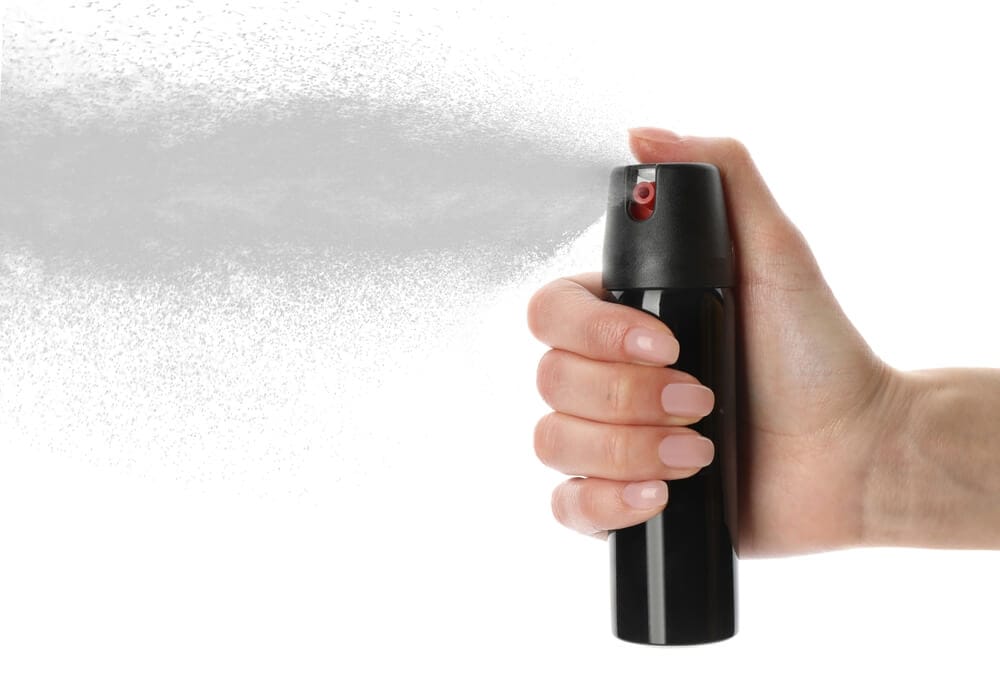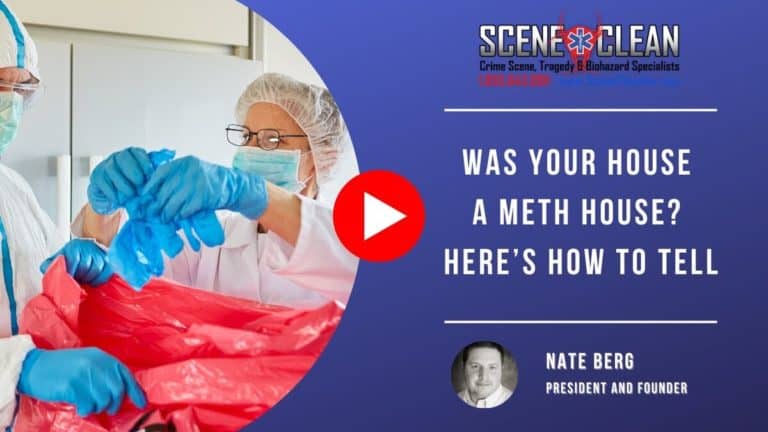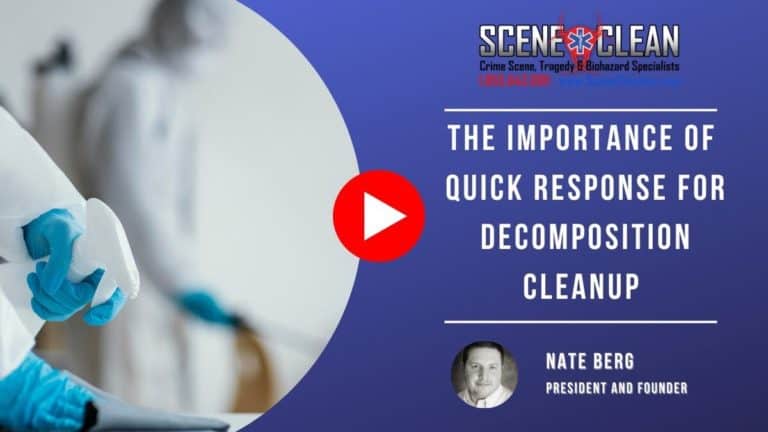If you’ve ever found yourself in the unfortunate situation of needing tear gas cleanup, you know how daunting and time-consuming the process can be. Tear gas cleanup involves more than just wiping surfaces – it’s about thorough removal and remediation to ensure your home is safe and habitable again.
Understanding Tear Gas: It’s Not What You Think
Contrary to its name, tear gas isn’t actually a gas – it’s a powder. When tear gas is deployed, it disperses into tiny particles that can linger in the air and settle on surfaces throughout your home. These particles are not only irritating but can also pose health risks if not properly removed.

The Cleanup Process Unveiled
The first step in tear gas cleanup is removing all soft goods from the affected area. This includes items like curtains, carpets, and upholstered furniture, which may need to be disposed of if the contamination is severe. While clothing can often be laundered, porous materials may absorb the tear gas particles, rendering them irreparable.
Dealing with Hardwood Floors: A Special Consideration
For homes with hardwood floors, additional measures may be necessary. Gaps in the flooring can harbor tear gas residue, requiring sanding and resealing to effectively lock in any remaining particles. This meticulous process ensures that no traces of tear gas linger within the structure of the home.
Solutions for Effective Cleanup
Once the soft goods have been removed and any necessary floor treatments completed, the real cleanup begins. Utilizing a HEPA vacuum is crucial for removing fine particles from surfaces and crevices. This specialized equipment ensures thorough extraction, minimizing the risk of recontamination.
The Importance of Specialized Wash Solutions
Cleaning surfaces with a special wash solution is the next step in tear gas remediation. This solution is designed to break down and remove tear gas residue effectively. However, in cases of severe contamination, multiple applications may be necessary to achieve optimal results.
Neutralization: The Final Step
After cleaning, neutralization is key to restoring the affected area to a habitable condition. Neutralizers help to counteract any remaining tear gas residue, eliminating lingering odors and potential health hazards. Multiple rounds of neutralization may be required to ensure thorough remediation.
Ensuring Safety and Peace of Mind
Throughout the tear gas cleanup process, safety should remain a top priority. It’s essential to wear appropriate protective gear, such as gloves and masks, to minimize exposure to harmful particles. Additionally, proper ventilation is crucial to expelling any lingering contaminants from the home.
Seeking Professional Assistance
While some homeowners may attempt tear gas cleanup on their own, it’s often best to enlist the help of professionals. Experienced remediation specialists have the knowledge, skills, and equipment to safely and effectively clean up tear gas contamination. By entrusting the cleanup to professionals, homeowners can have peace of mind knowing that their home will be restored to a safe and habitable condition.
In Summary

Tear gas cleanup is a meticulous process that requires attention to detail and specialized equipment. By understanding the nature of tear gas and following a comprehensive cleanup protocol, you can effectively restore your home to its pre-contaminated state. Remember, thoroughness is key to ensuring the safety and well-being of yourself and your loved ones. If you find yourself facing tear gas contamination, don’t hesitate to seek professional assistance. Contact Scene Clean today for expert cleanup services tailored to your needs.






